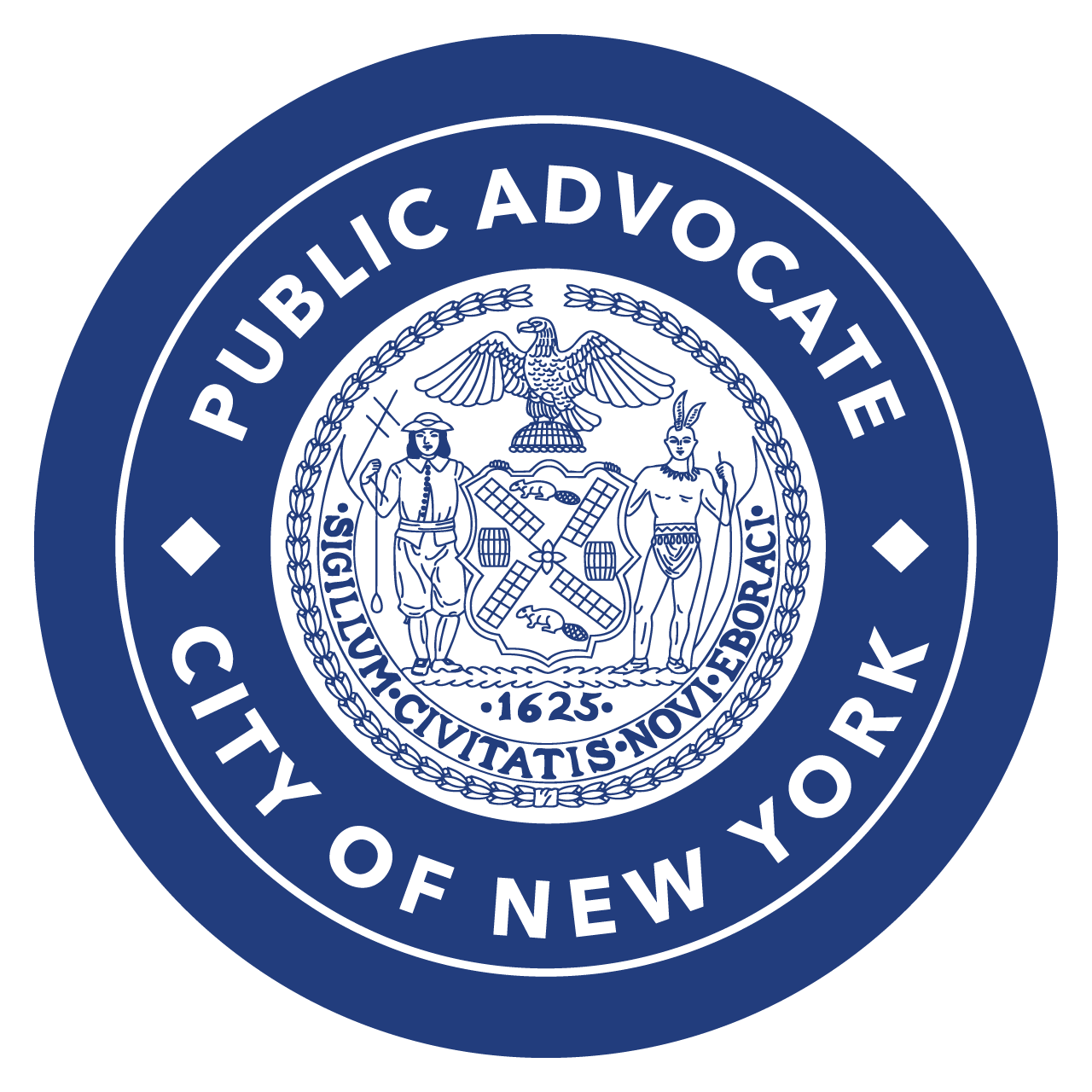Public Advocate Jumaane D. Williams released his proposal for a path to a safe, equitable, just re-opening of New York City schools on Monday morning amid a city and nation-wide debate on education strategies in the midst of the COVID-19 pandemic. The plan, detailed in a new report, is rooted in medical science and public health recommendations, and would reintroduce in-person learning in phases, based on public health infrastructure standards being met by facility, susceptibility to contract or spread the virus, and need.
In order to allow for critical infrastructure to be put in place and contingencies created, the plan calls for no in-school instruction until October, while remote learning would continue. Once the infrastructure is in place, elementary-school children up to age ten - whom recent research has indicated are at significantly lower risk of transmitting the coronavirus or contracting COVID-19 than older students and adults- could return to the classroom first. These classes would utilize empty middle and high school spaces in order to allow for greater social distancing. Prior to resuming any in-school instruction, Regional Enrichment Centers would be opened and expanded upon to provide education resources to students in greatest need, using a "pod model" which keeps students in the same small groupings and the same rooms. Phased reopenings of in-person instruction would be conditional upon meeting key infrastructure measures necessary for re-opening. Older students would continue remote learning through at least the end of 2020, reassessing in December based on the effectiveness of COVID-19 prevention in New York City at that time. "As we work to give our students the best education possible amid the pandemic, our priority has to be on the safety of students and staff, educators and parents," said Public Advocate Jumaane D. Williams. "Re-opening strategies for schools, just as with any other element of reopening, need to be driven by medical science. We can never completely eliminate risk, but this proposal minimizes it to the greatest extent possible while still allowing for some students to resume in-person instruction. As the public health crisis evolves, so too can our response." For students to return in October, the report highlights, aggressive public health and safety measures must be adhered to, including temperature screenings, staggered schedules, robust testing within communities, contact tracing, and a strategy which keeps students in the same small groupings, the same rooms, and with the same teachers. This effort would both reduce the risk of spreading the virus and make contact tracing easier and more effective if needed. Schools would also have expanded facility cleaning procedures. The phased re-opening based on student ages builds on similar successes in other countries and on research and population-driven data suggesting a low transmission rate among very young students, including a recent large-scale study in South Korea which indicated that while youth age 10-19 transmit the virus as adults, younger children have a greatly diminished risk. "Just as New York City has wisely slowly reopened, measuring the impact at each phase and reassessing at each step of the way, so, too, should we approach reopening our schools. The city has done the hard work to get to this point, and rushed reopening would run counter to that progress." said Dr. Celine Gounder, Clinical Assistant Professor of Medicine and Infectious Diseases, NYU School of Medicine and Bellevue Hospital, and CNN Medical Analyst. "The Public Advocate's plan is the right approach. Based on laboratory, clinical, and population-level data, it seems that children under the age of 10 are at lower risk of being infected, lower risk for developing severe disease, and lower risk of transmitting coronavirus to others. We should begin by reopening in-person teaching for children under 10 and children with special needs, as long as community transmission remains suppressed in the city."
The report also emphasizes the need to improve remote learning for those students still using the method, which includes expanding access to remote learning technology and to reliable internet connections, as well as through targeted trainings for parents and teachers.
The Public Advocate's proposal, which can be downloaded in full here, comes as the Trump administration pushed for a full reopening of schools, rejecting initial CDC guidelines which cautioned against hasty re-opening. After pressure, the CDC released revised guidelines.
Back to press reports